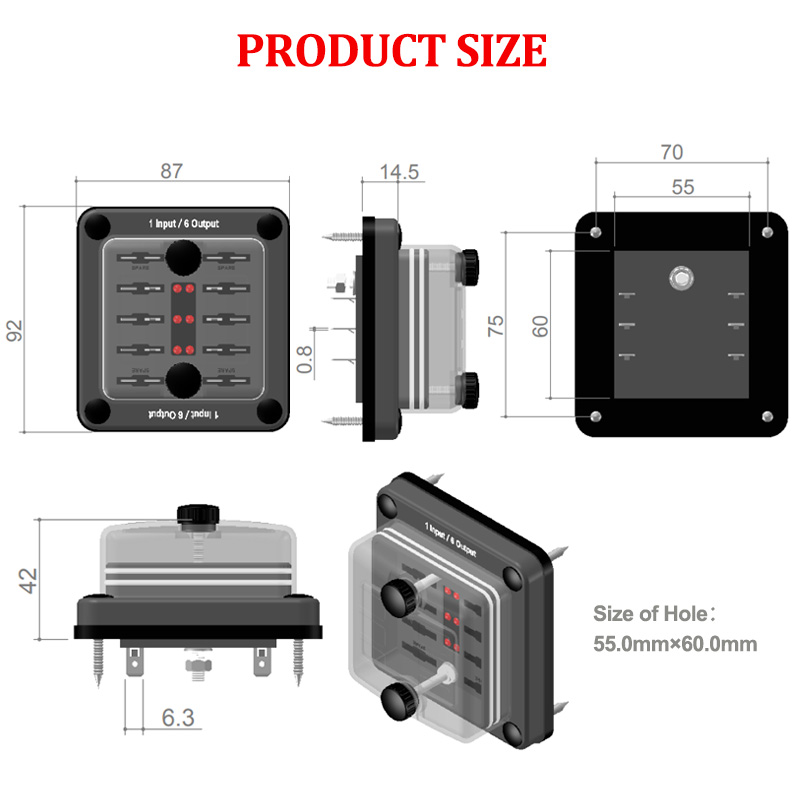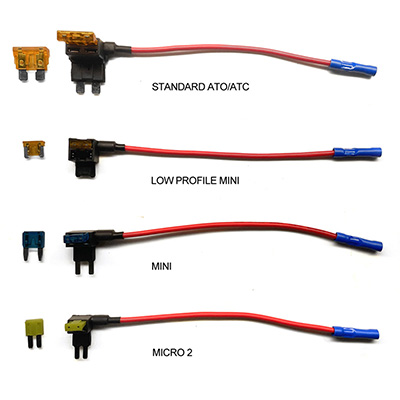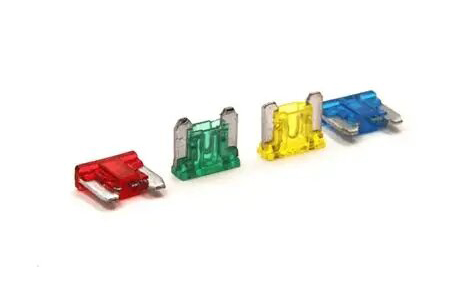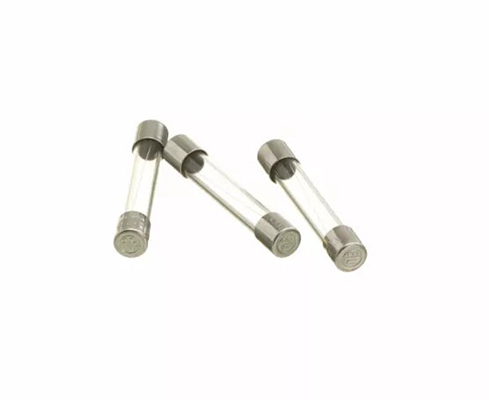Blade Fuse Holder vs Cartridge Fuse Holder: Key Performance Differences
News 2025-10-20
In electrical engineering, fuse holders are essential components that safeguard circuits by housing fuses that interrupt excessive current flow. Blade fuse holders and cartridge fuse holders represent two common designs, each tailored to specific needs. Blade types typically feature a flat, plug-in style, while cartridge versions use a cylindrical enclosure. This article explores how these structural differences translate to variations in performance, reliability, and suitability for diverse applications, aiding engineers and technicians in making informed choices.

Design and Structural Variations
Blade fuse holders are characterized by their compact, blade-shaped contacts that facilitate easy insertion and removal, often without tools. This design enhances accessibility in tight spaces, such as automotive dashboards. Conversely, cartridge fuse holders employ a robust, enclosed cylindrical body that offers superior protection against environmental contaminants like dust and moisture. These construction differences directly influence performance; for instance, blade holders may exhibit quicker response times in fault conditions due to less material impedance, whereas cartridge holders provide enhanced mechanical stability, reducing the risk of accidental dislodgement in high-vibration environments.
Performance in Key Applications
When applied in automotive systems, blade fuse holders demonstrate advantages in space efficiency and rapid replacement, crucial for maintenance in vehicles. Their design minimizes weight and allows for integration into complex wiring harnesses. In industrial settings, cartridge fuse holders excel with better heat dissipation and higher current-carrying capacity, making them preferable for heavy machinery where sustained loads are common. These performance attributes ensure optimal circuit protection; blade holders offer cost-effective solutions for low-voltage scenarios, while cartridge types deliver reliability in high-stakes operations, such as power distribution panels, by mitigating thermal runaway risks.
Frequently Asked Questions
1. What are the main applications for each type?
Answer: Blade fuse holders are ideal for automotive and consumer electronics due to their compact size, while cartridge fuse holders suit industrial and high-power uses for better durability.
2. How do they differ in terms of current rating?
Answer: Blade holders typically handle lower current ratings with faster response, whereas cartridge holders support higher currents and offer improved long-term stability.
3. Which one is more cost-effective?
Answer: Blade fuse holders are generally cheaper and easier to replace, making them cost-effective for frequent-access applications, compared to the more robust but pricier cartridge options.


